
A man rides a hydrogen-powered shared scooter in Xiaoyi, Shanxi province, on Sunday. (ZHU XINGXIN/CHINA DAILY)
China's coal-rich provinces are transforming their energy landscapes by investing heavily in new technologies such as hydrogen, at a time when the shift toward renewable energy accelerates worldwide.
Xiaoyi, Shanxi province, historically dependent on coal mining, is now leading the charge in the green energy revolution, harnessing its industrial expertise and infrastructure to pioneer sustainable solutions toward a greener future.
Local streets are now lined with sleek, modern hydrogen buses, a stark contrast to the coal trucks that once symbolized the city's industrial past. These buses are part of a broader initiative to modernize public transportation while significantly reducing pollution. The move has garnered widespread support from residents, who enjoy cleaner air and a more sustainable urban environment.
By the end of April, 500 hydrogen-powered shared scooters were launched in the city, together with 50 hydrogen-powered buses. It has also come up with 200 hydrogen-powered heavy trucks among key industrial enterprises in the coal, coke, aluminum and electricity sectors nationwide, which have covered an average distance of over 100,000 kilometers, reducing carbon emissions by 120 metric tons.
The city government has been instrumental in this shift, with substantial funding directed toward hydrogen technology and infrastructure, including building hydrogen production plants, refueling stations and research facilities.
The Xiaoyi government has been constructing a comprehensive hydrogen energy industry chain with a total investment of 78 billion yuan ($10.72 billion). Once completed, it is expected to achieve an annual output value of 180 billion yuan and create 35,000 jobs, it said.
Guo Qingzhi, mayor of Xiaoyi, believes that the hydrogen energy industry, as a representative of new quality productive forces in the energy sector, has strong momentum and promising prospects.
According to BloombergNEF, China is expected to become an important market for hydrogen, while hydrogen fuel cell vehicles are poised for rapid expansion as China takes forward its dual carbon goals of peaking carbon emissions before 2030 and achieving carbon neutrality before 2060.
China, together with Europe and the United States, could account for over 80 percent of clean hydrogen supply worldwide by the end of the decade, driven by supportive policies and a pipeline of advanced projects, it said in a recent report.
Around 95 gigawatts of electrolyzers could become operational by the end of 2030 and the capacity will largely be based in Europe and China, it said in its Hydrogen Supply Outlook 2024.
An analyst has said previously that hydrogen is poised to play a critical role in reducing emissions in industries such as steelmaking, heavy-duty trucking, shipping and cement production and the country's substantial need for decarbonization technologies is expected to spur large-scale deployments, helping to lower costs globally.
China's recent carbon neutrality pledge is prompting significant action in major emitting sectors such as power, transport, and industry, giving hydrogen a crucial role in decarbonizing long-haul, heavy-payload trucks, according to Mi Siyi, an analyst with BloombergNEF.
Shanxi's Pengfei Group is leading the comprehensive hydrogen energy industry chain. Since 2019, the company has been working on facilities that produce 200,000 tons of hydrogen from coke oven gas, 100,000 tons of green hydrogen from 5 GW of wind and solar power, 100 hydrogen refueling integrated energy islands, and 300,000 hydrogen-powered heavy trucks and construction machinery.
Ma Xiaolong, general manager of the hydrogen energy division of the company, said Pengfei is stepping up efforts to develop hydrogen fuel cell passenger cars, motorcycle transportation, transportation research and development, and applications to further facilitate a province-wide green transportation system.
Coal-rich regions possess a significant cost advantage in developing hydrogen technology, said Luo Zuoxian, an analyst at the Sinopec Economics and Development Research Institute.
These areas, like Shanxi, benefit from well-established industrial infrastructure and a skilled workforce accustomed to large-scale energy production. The existing supply chains and logistics networks, originally built for the coal industry, can be adapted to support hydrogen production and distribution, reducing initial capital expenditure, he said.












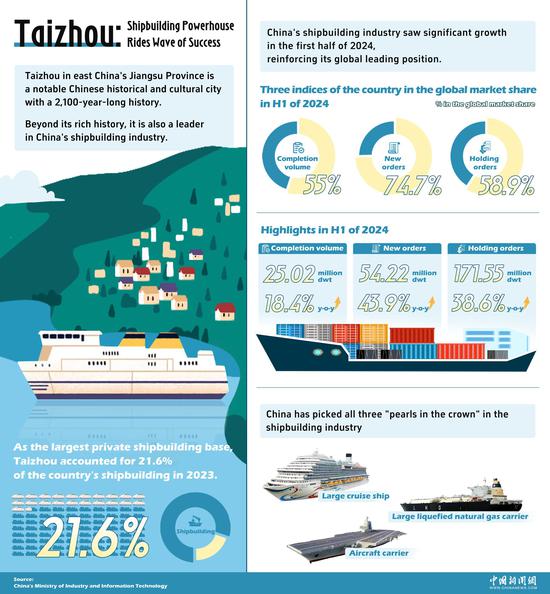
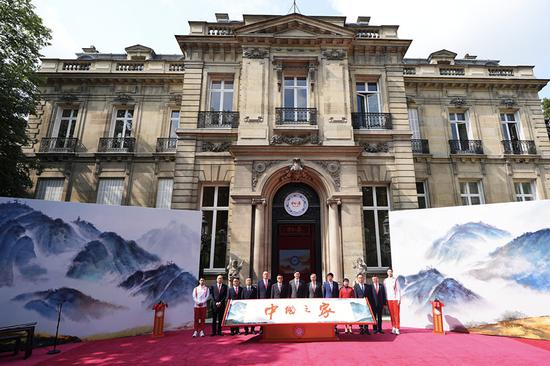












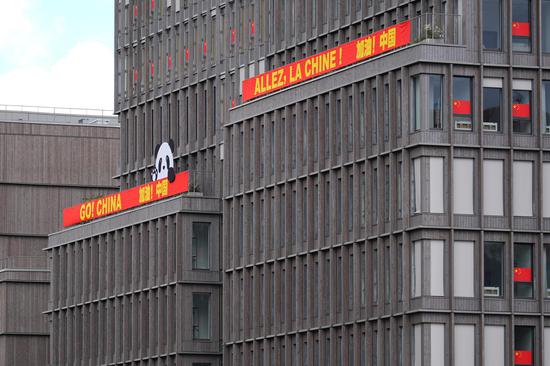
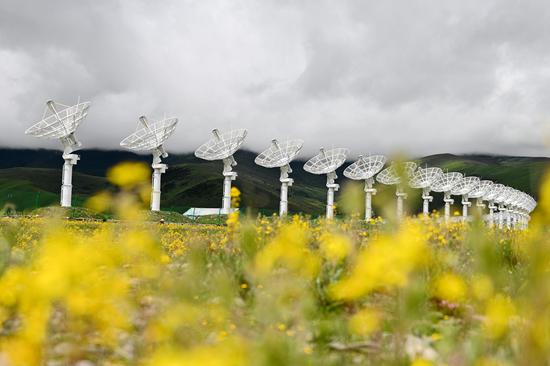








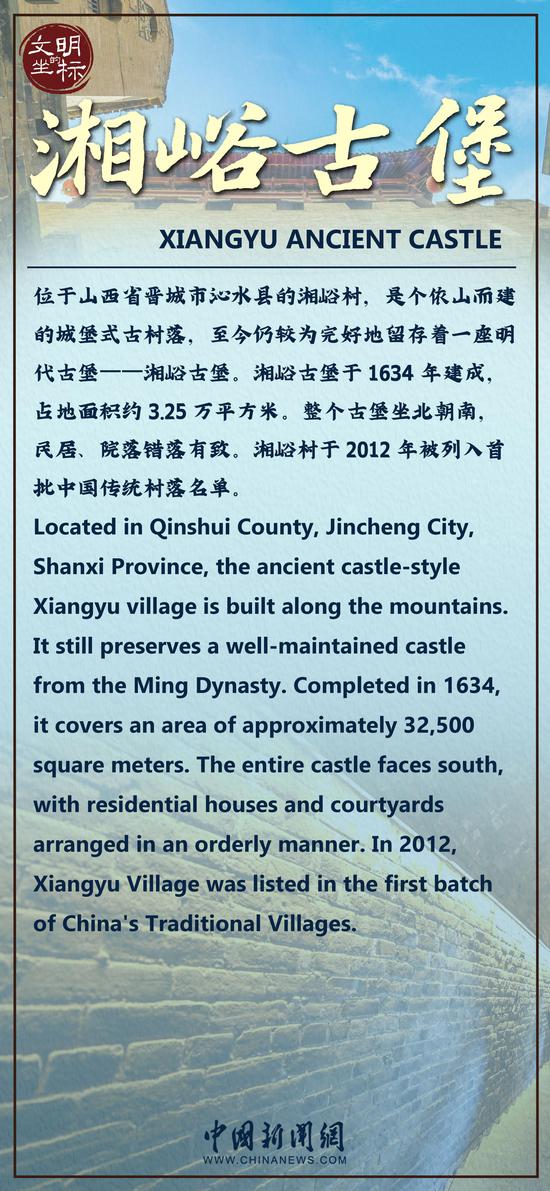









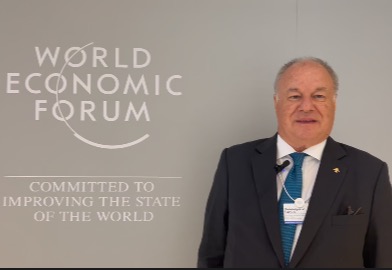



 京公网安备 11010202009201号
京公网安备 11010202009201号